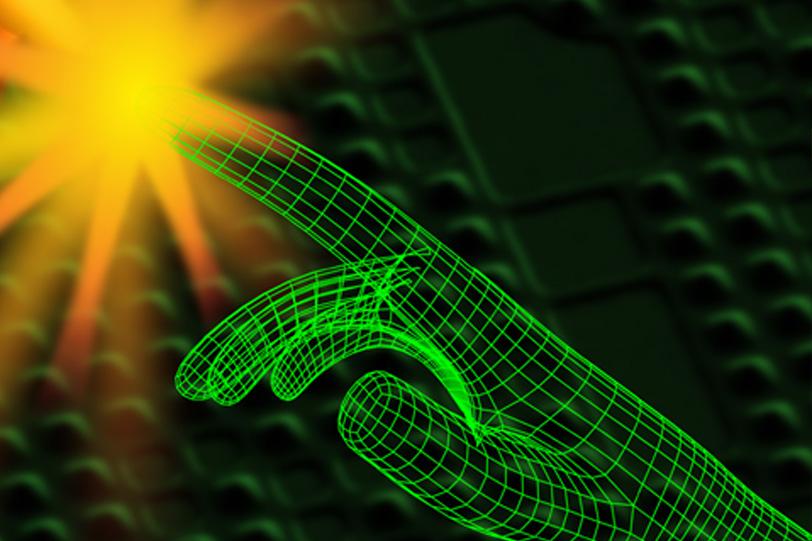We humans interact with our physical environment through our senses of touch, sight, smell, taste, and hearing. One of the great challenges in developing artificial intelligence and natural interfaces between humans and machines is finding ways to emulate those senses through electrical circuits. Great advances have been made in creating sensors that recognize sight and sound, but the sense of touch remains difficult to mimic. A realistic electronic skin must detect stimuli ranging from the gentlest touch to a firm grip, and do this with fine spatial resolution. After introducing the challenges of the field and reviewing current approaches, SLAC physicist Stefan Mannsfeld will describe a novel approach for making thin, flexible plastic pressure sensors with unprecedented sensitivity and responsiveness. He will show how the sensors are fabricated and how they work, and the prospect they give for creating an artificial sense of touch.
Past
Event
· Public Lecture
Engineering Human Touch
Presented by Stefan Mannsfeld
Past
Event
· Public Lecture
Engineering Human Touch
Presented by Stefan Mannsfeld
Public Lectures

Engineering Human Touch
March 27, 2012
Public lecture presented by Stefan Mannsfeld
SLAC National Accelerator Laboratory
Tuesday, March 27, 2012
12:30–1:30 p.m. PDT
12:30–1:30 p.m. PDT